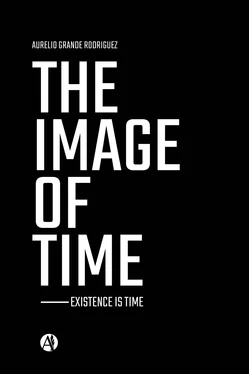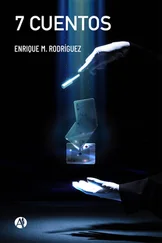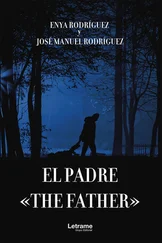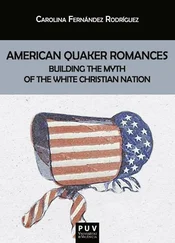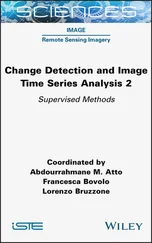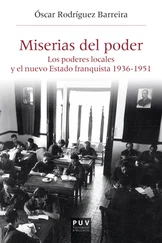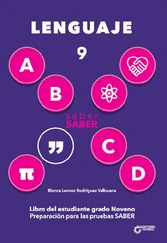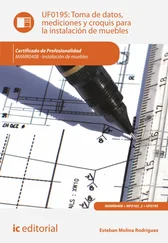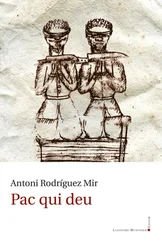Regardless of the interpretations, in nature nothing stands still or resists the arrival of the next moment, everything is born and everything dies because the world is incessantly transformed; in another thing that is the same and also its opposite -as after the day comes the night and after the summer, the winter returns, a condition in which nothing is gained and nothing is lost.
Everything that we know through the senses is represented by an indefinite number of forms that never remain, things that modify their relationships and are continuously transformed through a series of movements that depend on the forces at play; this being the case, as a result of the transformations, the difference arises from the same -which then runs the same fate. By similarity and necessity, this logic of changes is a direct consequence of that whose principle of existence is also change; all change is at every moment, the continuity of a similar process -a before and after in time.
This being and being so as not to remain, because nothing exceeds the duration of its fleeting moment, is a process that develops in time; Existing is, therefore the unfinished expression of non-being in its process. Existence would then be according to this reasoning, not in a being and being, but in a continuous succession of events constructed at times, which is an active image of time; also responsible for the generation and destruction of all things that are incessantly transformed –that, by these same descriptions, would no longer be properly things.
By virtue of the fact that everything that constitutes the experience is a problematic and binary context, where for each meaning there is an opposite in which it´s looked at and justified, the principle that makes this constant passing possible remains to be resolved or perhaps discovered; not only of the world but also, and this is the most important thing, of the experience of the subject who experiences everything during his life -the meaning of existence, synthesized in a reason that, beyond the evidence, imagines everything.
ORIGIN AND REFERENCE
Everything that can be seen and thought refers to man, there being nothing that goes beyond the significance of his gaze, the image of the world is the result of a human interpretation; And this, which seems so simple, has extraordinary implications: everything discovered, constructed or imagined has its origin in the consciousness of man, even when by the practical effect of its objectifying procedure, it seems different and alien or exists by itself. Everything is part of man and there´s nothing that doesn´t have him as a subject and object of his own experience, everything is about man because it´s only he who accounts for everything. We can say anything, be it true or false, which in any case is indistinct, but they will always be men's affairs and reported by men; the same ones who even think about things that they suppose are alien to their own essence. The world that men perceive through their senses and describe with their language, is the world that their imagination builds and, after being contemplated, become the object of their study. Man only inquiries about what he thinks about, being in these functions the development of his existence; knowing is, therefore, a recognition of consciousness.
The world is a container that contains everything, then the subject together with the other things, constitute the content of its extensive volume. This world is the set of all existing things, including also the subject that imagines everything. The world with everything in it constitutes the content of an all-thinking consciousness; being in it where everything is unified. Between the world, things and the subject of experience, there seems to be a paradoxical relationship of identity and difference, by virtue of a rare condition of continuity and belonging.
The natural world
The world is a totality that as such is only one but even so, it´s also multiple because this is understood by experience; then it´s considered physical, because in this way it´s thought - then it´s described as a state and of course the contradiction is inevitable. The perceived world is, by the effect of its appearance, a formally represented scene, full of the same and different things; as distant and close as they´re coincident and immeasurable. It´s despite the unity that its own concept expresses, a field whose complexity transcends the preeminence of any modality. This is, in practical terms, an argument that in its logical aspects is inconsistent, as if in the same and only place several categories of very different kinds coexist in a strangely problematic way. An antilogical conjunction of the same and the different, of inexhaustible classes of things that´re infinite in number and are randomly distributed within an infinitely large place, where each category is as numerous and extensive as the space where they all inhabit. An indefinite world full of infinite things that´re incomprehensibly characterized by definition and measure and, of course, an extensive and without measure that contains within it the subject who perceives it with all its incommensurability; the same as with his own reference, everything measures.
Man is the measure of everything and this relationship is not capricious or arbitrary but necessary, since it can make use of nothing if it doesn´t first adjust its objects of utility and consumption to its own extensive parameters; being in the measurement an effective adaptation and control procedure. Material and energy resources, for example, are given and are free but without human measure they´re useless, it´s necessary to transform them and that is no longer free; they need human labor.
The first magnitudes have emerged from their body references, the same ones that even gave rise to such extreme extensions that they don´t even have measurable conditions; so indefinite that they´re considered measureless or infinite. With the fingers of his hand and the value of his size, he knew how to establish primitive patterns, with the capacity of his mouth the need to divide food, over time to develop a trajectory and recognize a distance; man measures himself with the axiomatic model of his own physical condition. The measure is like all things that constitute existence, an illusion of experience, since the measure is ultimately a comparison procedure that can be more or less complex and exact. But it happens that, by their very temporal condition, things don´t have a definite measure because they don´t even remain, being determined by a series of relationships, proportions and functions that change continuously. All measures are ultimately characterized by a relationship of indeterminacy, exhibiting a margin of error that, outside of the convention, has no solution.
The reference situation:
The concept of the natural world, as expressed by the scientific model, it´s essentially reduced to a material cause of maximum simplicity based on which, for reasons never well clarified, the different structures that are distinguished, emerge due to some organization modalities that´re not well explained either each other due to the particularities derived from their shape. This is the materialistic version of the observable universe that, by its definition, introduces, as necessary, the existence of a series of opposite and different characteristics; establishing with them a contrasting relationship without which no meaning would make sense.
By virtue of an objective reason for things, it´s said that this world is justified by itself, that it´s concrete, external and that to exist it doesn´t need another recognition; even when this is paradoxically, a definition that arises from our understanding. This actual and concrete reality that we say exists by itself is, therefore, the consequent result of our judgment; as if the world in which we´re immersed were the result of an imaginary language .
Читать дальше
